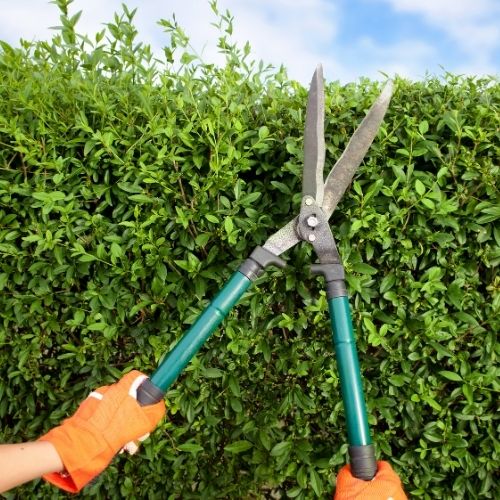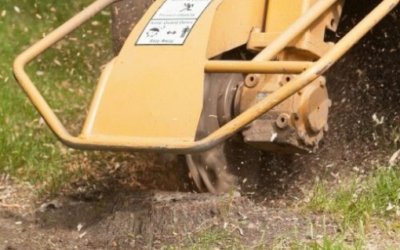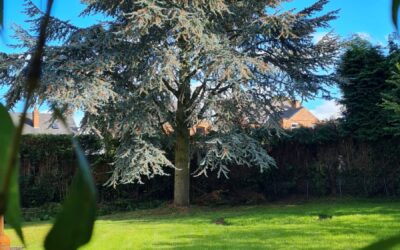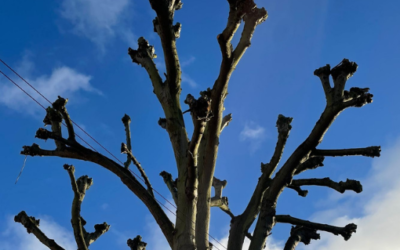Maintaining hedges is an essential aspect of garden care. Well-trimmed hedges can enhance your property’s appearance and provide several benefits. Regular hedge cutting helps keep borders healthy and promotes new growth, improving vigour and longevity. Proper hedge cutting can also help remove diseased, damaged, or dead branches, improving the tree’s overall health. In addition, well-trimmed hedges can enhance the appearance of your garden, creating a neat and orderly look that adds value to your property. Overall, it is essential to maintain borders and the with regular hedge cutting.
Factors to Consider When Determining the Best Time for Hedge Cutting
Climate and weather conditions
The type of climate and weather conditions in your area can impact the timing of hedge cutting. For example, suppose your area is prone to drought. In that case, trim your hedges during the rainy season to ensure that they have enough moisture to recover from the trimming. On the other hand, if your area is prone to heavy rain, you may want to avoid trimming during the rainy season to prevent the risk of disease or fungus.
Hedge species and growth patterns
Different hedge species have different growth patterns, which can impact the best time for trimming. Some species may be more prone to disease or insect infestations if trimmed at certain times of the year. In contrast, others may benefit from cutting during the growing season to encourage new growth.
Impact on local flora and fauna
Suppose your hedges provide habitat or food for local wildlife. In that case, consider the impact of hedge cutting on these species. You should avoid this tree surgery during the breeding or feeding seasons if your hedges are a place for nesting birds or a source of food for butterflies.
General Guidelines for Timing Hedge Cutting
Dormant season vs. growing season
The best time to trim hedges is during the dormant season when the plants are not actively growing. The dormant time is typical during the winter, although the specific timing can vary depending on the hedge species and the climate in which it grows. However, there are exceptions to this rule, and some hedges may need to be trimmed during the growing season to address specific issues or shape the border.
Specific considerations for different hedge species
The best time to trim other hedge species can vary, so it is essential to consider the particular needs of your hedges. For example, for deciduous hedges (those that lose their leaves in the winter), the best time to prune them is in the late winter or early spring. In contrast, you can prune evergreen hedges at any time of year.
Other Considerations for Optimal Hedge Cutting and timing
Special events or occasions
Suppose you plan to have a special event or occasion in your garden. Consider the timing of your hedge cutting to ensure that your borders look their best. For example, if you are hosting a wedding or a garden party, you may want to have this tree service a few weeks in advance to give them time to recover and look their best.
Scheduling and availability of a professional tree surgeon
When choosing the ideal time for the job, take the availability of the tree surgeon into account if you intend to engage them to trim your hedges. Some professionals may be more in demand during certain times of the year. Thus, you may need to schedule your hedge cutting in advance to ensure that you can secure their services.
Professional Hedge Cutting Services
Look no further if you need professional hedge cutting or other tree services! Our team at Tree Surgeon Coventry is ready to help you with your tree care needs. With years of experience and commitment to customer satisfaction, we are the team you can trust to keep your trees healthy and your garden looking its best. We can get the job done if you need hedge cutting, tree pruning, tree removal, or any other tree care service. Don’t hesitate to contact us, and let us assist you with your tree care requirements.



